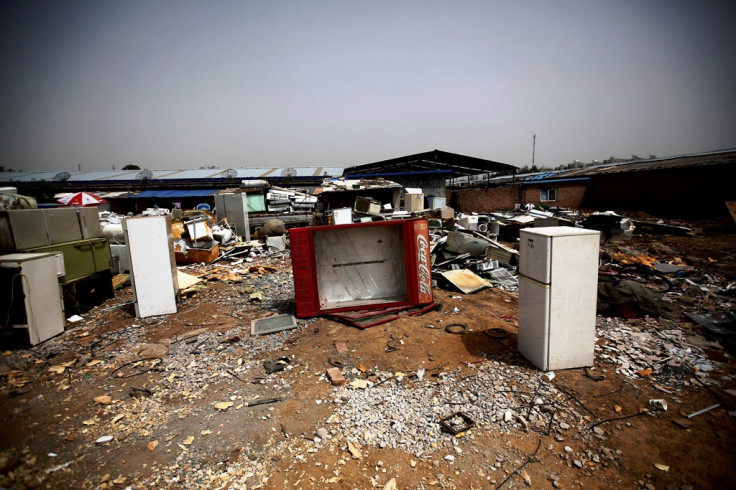Global e-waste volume scales new peak in 2014: UN report

Over 40 million tones of discarded electrical and electronic equipment found its way into dump yards in 2014, according to a report.
And the highest per-capita tallies were in countries that pride themselves on ecological consciousness, according to the report, compiled by the United Nations University, the UN's educational and research branch.
Last year, 41.8 million tonnes of so-called e-waste -- mostly fridges, washing machines and other domestic appliances -- was dumped, said the Global E-waste Monitor 2014: Quantities, Flows and Resources.
That is the equivalent of 1.15 million heavy trucks, forming a line 23,000kms long, or the distance from New York to Tokyo and back, according to the report.
Less than one-sixth of all e-waste was properly recycled or made available for reuse, it said.
The bulk of e-waste by weight -- almost 60% -- came from large and small kitchen, laundry and bathroom appliances. Around 7% was generated by discarded mobile phones, calculators, personal computers and printers.
And the report warned that going by the current trend, the world could end up dumping 50 million tonnes of e-waste in 2018.
Per-capita tallies
Topping the list for per-capita waste in 2014 was Norway, with 28.4kgs per capita.
It was followed by Switzerland (26.3kg per capita), Iceland (26.1kgs), Denmark (24kgs), Britain (23.5kgs), the Netherlands (23.4kgs), Sweden (22.3kgs), France (22.2kgs) and the US and Austria (22.1kgs per person each).
The region with the lowest amount of e-waste per capita was Africa, with 1.7kg per person. It generated a total of 1.9 million tonnes of waste.
In volume terms, the most waste was generated in the US and China, the world's top two economies that together accounted for a third of the global total, followed by Japan, Germany and India.
Gold from waste
Waste that could have been recovered and recycled was estimated to be worth $52bn (£34.9bn, €48.7bn), including 300 tonnes of gold or 11% of the world's bullion production in 2013.
But it also included 2.2 million tonnes of harmful lead compounds, as well as mercury, cadmium and chromium, and 4,400 tonnes of ozone-depleting chlorofluorocarbon (CFC) gases.
In 2013, the e-waste total stood at 39.8 million tonnes.
© Copyright IBTimes 2025. All rights reserved.






















